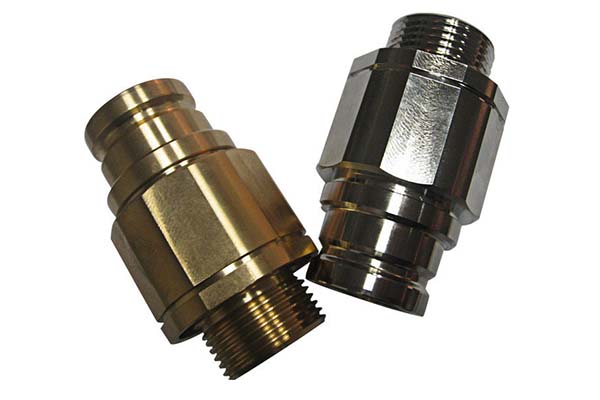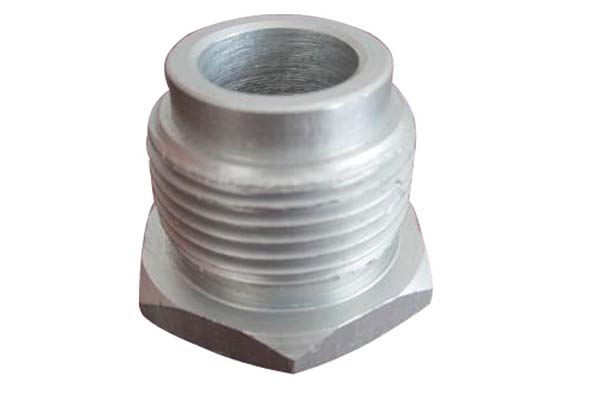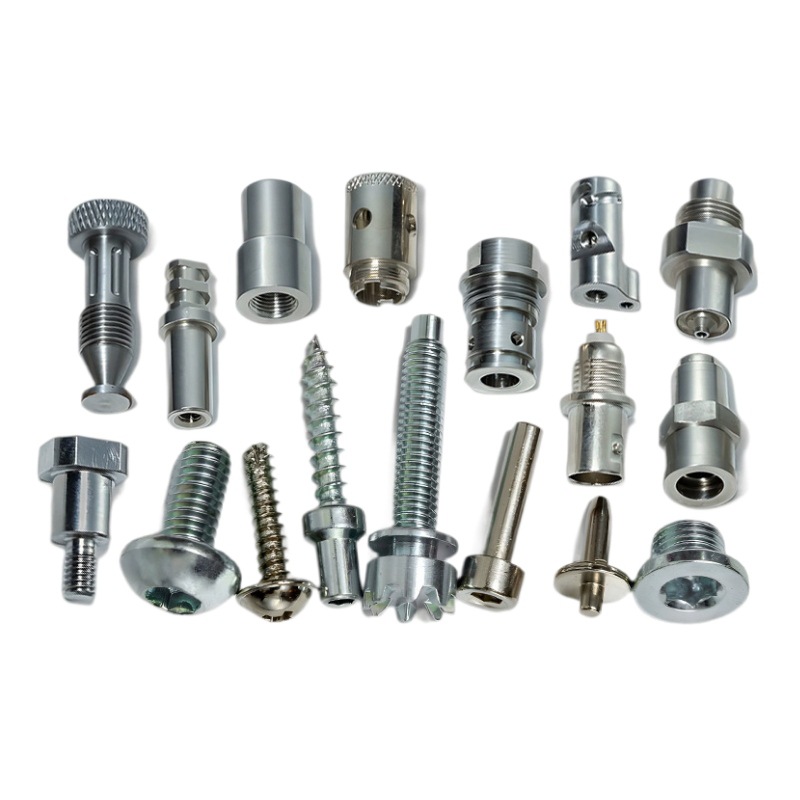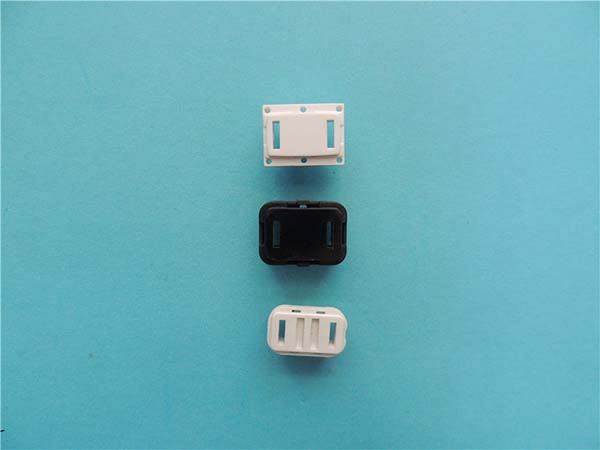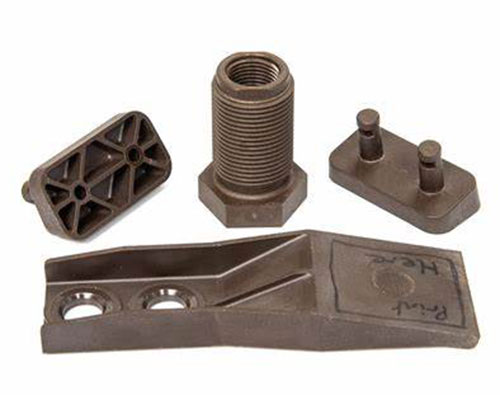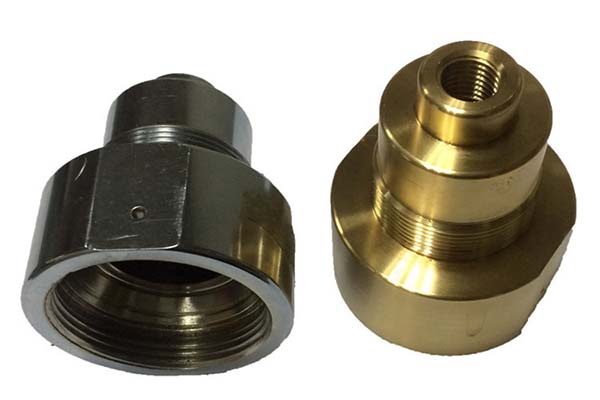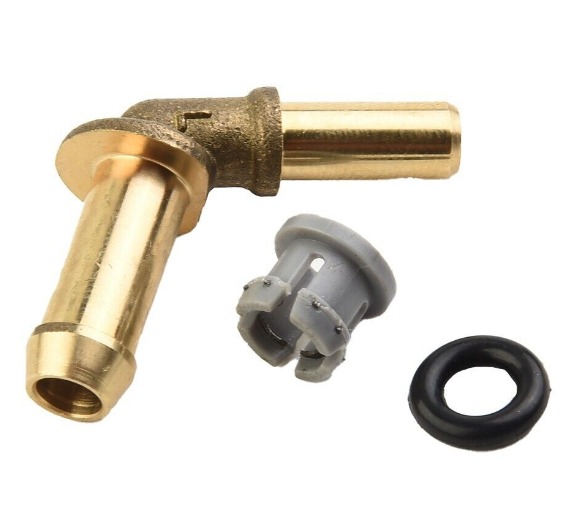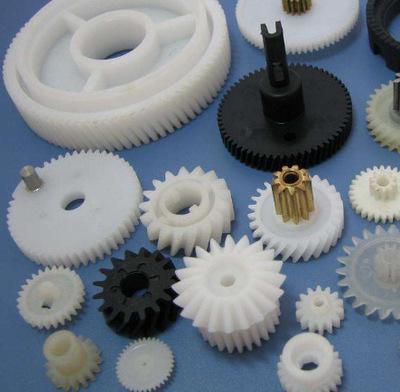Manufacturers in automotive and industrial sectors often turn to SS409 stainless steel for its unique balance of heat resistance and affordability. As a ferritic stainless steel 409, it excels in high-temperature environments like exhaust systems, but machining it comes with distinct challenges. Its low chromium content (10.5-11.75%) reduces corrosion resistance compared to austenitic grades but increases brittleness, leading to chip fragmentation and potential tool chipping. Additionally, its magnetic characteristics simplify handling but are accompanied by lower ductility, making high-speed machining tricky. Distinguishing its capabilities from other ferritic or austenitic alloys is crucial to avoid performance mismatches in cost-sensitive applications. This guide addresses these pain points, offering proven strategies to optimize CNC machining SS409 for efficiency, quality, and reliability in thermal and industrial environments.
Material Fundamentals of SS409
SS409 stainless steel is a ferritic alloy engineered for high-temperature performance and affordability:
- SS409 chemical composition: Contains 10.5-11.75% chromium, 0.5-1.0% manganese, 0.5% maximum silicon, 0.08% maximum carbon, and titanium stabilization (6x carbon content minimum). This low chromium content balances cost and corrosion resistance, while titanium prevents carbide precipitation.
- Mechanical properties: Tensile strength of 415 MPa, yield strength of 205 MPa, and elongation of 20% in the annealed state. It retains sufficient strength at 650°C, making it suitable for continuous exposure to exhaust gases.
- Thermal properties: SS409 thermal expansion coefficient of 11.0 × 10⁻⁶/°C (at 20-100°C), minimizing dimensional changes during thermal cycling—critical for exhaust system fitment.
- Oxidation resistance: Withstands SS409 oxidation resistance temperature up to 650°C, sufficient for automotive exhaust applications but lower than austenitic grades like SS310S.
- Magnetic characteristics: Inherently magnetic, simplifying automated handling in production lines and enabling compatibility with magnetic fixtures.
- Weldability vs machinability: Moderate weldability with proper preheating (200-300°C) to prevent cracking, while machinability is superior to higher-chromium ferritic grades due to lower work hardening.
These traits make SS409 ideal for cost-sensitive high-temperature applications like exhaust manifolds, catalytic converter housings, and heat shields.
CNC Machining Processes for SS409
Core Machining Operations
CNC machining SS409 requires adjustments to handle brittleness while leveraging its lower work hardening:
- CNC turning SS409 feeds and speeds: Suitable for cylindrical parts like exhaust pipes, with cutting speeds of 120-180 m/min, feeds of 0.1-0.2 mm/rev, and depth of cut 1-3 mm. Moderate speeds balance material removal and chip control, reducing tool chipping.
- CNC milling SS409 cutting data: Effective for shaping exhaust flanges and heat shields, using speeds of 100-150 m/min, feeds of 0.08-0.15 mm/tooth, and depth of cut 1-2 mm. Conventional milling (up-cut) minimizes chip adhesion to the tool, reducing built-up edge formation.
- High-feed machining SS409 strategies: Limited to 0.25 mm/rev maximum feed rates to avoid workpiece cracking, with rigid machine setups to prevent vibration-induced surface defects.
Coolant and Chip Control
- Coolant selection machining SS409: Soluble oil coolants (5-8% concentration) provide optimal lubricity and heat dissipation. Flood cooling is preferred over mist systems to flush fragmented chips away from the cutting zone.
- Chip breakability SS409 ferritic steel: Enhanced by its brittleness, but requires sharp tools to prevent chip welding. Tools with narrow chip breakers promote short, manageable chips, reducing the risk of surface scratching.
- Surface finish optimization: Achievable Ra values range from 1.6 μm (finish machining) to 3.2 μm (roughing). Exhaust flanges typically require Ra ≤ 1.6 μm to ensure proper gasket sealing.
Tooling & Cutting Parameters for SS409
Optimal Tool Selection
Tooling for SS409 focuses on edge strength to handle brittleness:
- Carbide insert grade for SS409: ISO K10-K20 grades (e.g., WC-Co with 8-10% Co) offer best performance, balancing toughness and wear resistance. PVD-coated tools SS409 machining (TiN or TiAlN) reduce friction, extending tool life by 30-40% compared to uncoated carbide.
- Insert geometry: Negative rake angles (0-5°) improve edge strength, while honed edges (0.02-0.05 mm) prevent chipping during interrupted cuts—common in exhaust manifold machining.
- Tool wear mechanisms: Abrasive wear dominates due to titanium carbides, with flank wear progressing faster than in austenitic grades. Monitoring wear to 0.3 mm maximum prevents surface finish degradation.
Cutting Parameter Guidelines
| Operation | Optimal cutting speed SS409 milling | Feed rate recommendations SS409 turning | Depth of Cut |
| CNC Turning | 120-180 m/min | 0.1-0.2 mm/rev | 1-3 mm |
| CNC Milling | 100-150 m/min | 0.08-0.15 mm/tooth | 1-2 mm |
| CNC Drilling | 90-140 m/min | 0.05-0.1 mm/rev | 1-2 mm |
- Tool life improvement: Operating at the lower end of speed ranges increases tool life by 20-25%, a worthwhile tradeoff for high-volume production like exhaust components. Minimum quantity lubrication SS409 (MQL) with ester-based oils reduces coolant costs in eco-sensitive facilities while maintaining tool life.
Surface Treatment & Post-Processing of SS409
Critical Surface Treatments
SS409 requires specific post-processing to enhance performance and appearance:
- Pickling & passivation SS409 stainless: Nitric acid pickling removes heat tint and scale from welding/machining, while passivation enhances the chromium oxide layer—improving corrosion resistance by 20-30% in humid environments.
- Electropolishing SS409 exhaust parts: Reduces surface roughness to Ra ≤ 0.8 μm, enhancing exhaust gas flow and minimizing carbon buildup in manifold applications.
- Stress relieving SS409 after machining: Heating to 300-400°C for 1-2 hours reduces residual stresses, preventing warping in thin-walled exhaust components during service.
Coating and Weld Preparation
- SS409 coating options: Aluminum diffusion coatings (Al) enhance oxidation resistance up to 800°C, while ceramic coatings improve thermal barrier properties in high-heat zones like turbocharger housings.
- Surface roughening for adhesion: Grit blasting (Ra 2.0-3.2 μm) improves coating adhesion, critical for ceramic-coated exhaust parts exposed to thermal cycling.
- Weld prep for SS409 CNC parts: Cleaning with stainless steel wire brushes (non-carbon) removes contaminants, while beveling ensures full penetration welds with minimal porosity.
Quality Control & Inspection for SS409 Parts
Rigorous Inspection Protocols
- Dimensional tolerance SS409 machining: Achievable tolerances of ±0.05 mm for exhaust flanges and ±0.1 mm for large components like mufflers, verified via CMM inspection SS409 brackets.
- Surface roughness: Surface roughness Ra SS409 exhaust flanges typically requires ≤1.6 μm for proper sealing, measured using contact profilometers.
- Material verification: Ferrite content measurement SS409 confirms 90%+ ferrite structure, ensuring magnetic properties and high-temperature stability.
- Non-destructive testing: Eddy current testing SS409 tubing detects surface defects, while salt spray testing SS409 coatings (per ASTM B117) verifies corrosion resistance of coated parts (minimum 48-hour protection).
- Automotive compliance: PPAP documentation SS409 automotive (Production Part Approval Process) ensures conformance to OEM specifications, including dimensional, material, and performance requirements.
Industrial Applications & Case Studies
SS409 excels in cost-sensitive high-temperature applications:
- Automotive exhaust manifold SS409 CNC: Case study: A major automaker reduced component costs by 30% by switching from SS304 to SS409, maintaining acceptable service life (50,000+ miles) in passenger vehicle exhaust systems.
- Catalytic converter housing SS409: Withstands 600°C+ exhaust gases while providing a cost-effective alternative to higher-alloyed steels. Its titanium stabilization prevents embrittlement during welding.
- Heavy-duty muffler SS409 fabrication: Truck mufflers leveraging SS409’s balance of heat resistance and formability, with service life exceeding 200,000 miles in highway applications.
- Heat shields SS409 aerospace: Secondary aircraft heat shields (non-critical zones) where weight and cost are prioritized over extreme heat resistance, outperforming carbon steel by 3x in service life.
Cost, Sustainability & Supply-Chain Considerations
Economic and Environmental Factors
- SS409 price per kg 2025 market: Approximately $3-4/kg, 50-60% lower than SS304 and 70% lower than SS310S, making it ideal for cost-sensitive high-volume production.
- Lead time SS409 coil & sheet suppliers: 2-4 weeks for standard sizes, with custom thicknesses requiring 6-8 weeks. Just-in-time delivery is feasible for automotive Tier 1 suppliers.
- Scrap recycling value: SS409 swarf retains 80% of virgin material value, with recycling programs reducing raw material costs by 10-15% in large-scale production.
- Energy-efficient machining: High-speed machining centers with variable-frequency drives reduce energy consumption by 15% compared to conventional machines, lowering carbon footprint in mass production.
- Supplier qualification: ISO/TS 16949 certification is critical for automotive suppliers, ensuring consistent material quality and process control for SS409 exhaust components.
Yigu Technology’s Perspective
At Yigu Technology, we specialize in CNC machining SS409 for automotive exhaust and industrial clients. Our data shows that PVD-coated tools SS409 machining (TiAlN) reduce tool wear by 35% compared to uncoated carbide in high-volume exhaust flange production. We recommend stress relieving after machining to prevent warping in thin-walled components, ensuring dimensional stability in service. For exhaust manifolds, our precision turning achieves Ra ≤1.6 μm, optimizing gasket sealing. Our compliance with PPAP requirements guarantees automotive-grade quality, making SS409 components a cost-effective solution for high-temperature applications. We also offer recycling programs for SS409 swarf, supporting client sustainability goals while reducing material costs.
FAQ
- What makes SS409 ideal for automotive exhaust systems?
SS409’s balance of oxidation resistance temperature (up to 650°C), affordability, and formability makes it ideal for exhaust components. Its ferritic stainless steel 409 properties minimize thermal expansion, ensuring fitment stability during thermal cycling, while its low cost suits high-volume automotive production.
- How does SS409’s machinability compare to SS304?
SS409 is more brittle but less work-hardening than SS304, allowing 10-15% higher cutting speeds. However, its lower ductility requires sharper tools and lower feed rates (max 0.2 mm/rev) to prevent chipping, making it better suited for simple geometries like exhaust pipes than complex parts.
- What surface treatments enhance SS409’s performance?
Pickling & passivation SS409 stainless improves corrosion resistance, while aluminum diffusion coatings extend oxidation resistance temperature to 800°C for turbocharged applications. Electropolishing reduces surface roughness, optimizing exhaust gas flow in high-performance systems.
